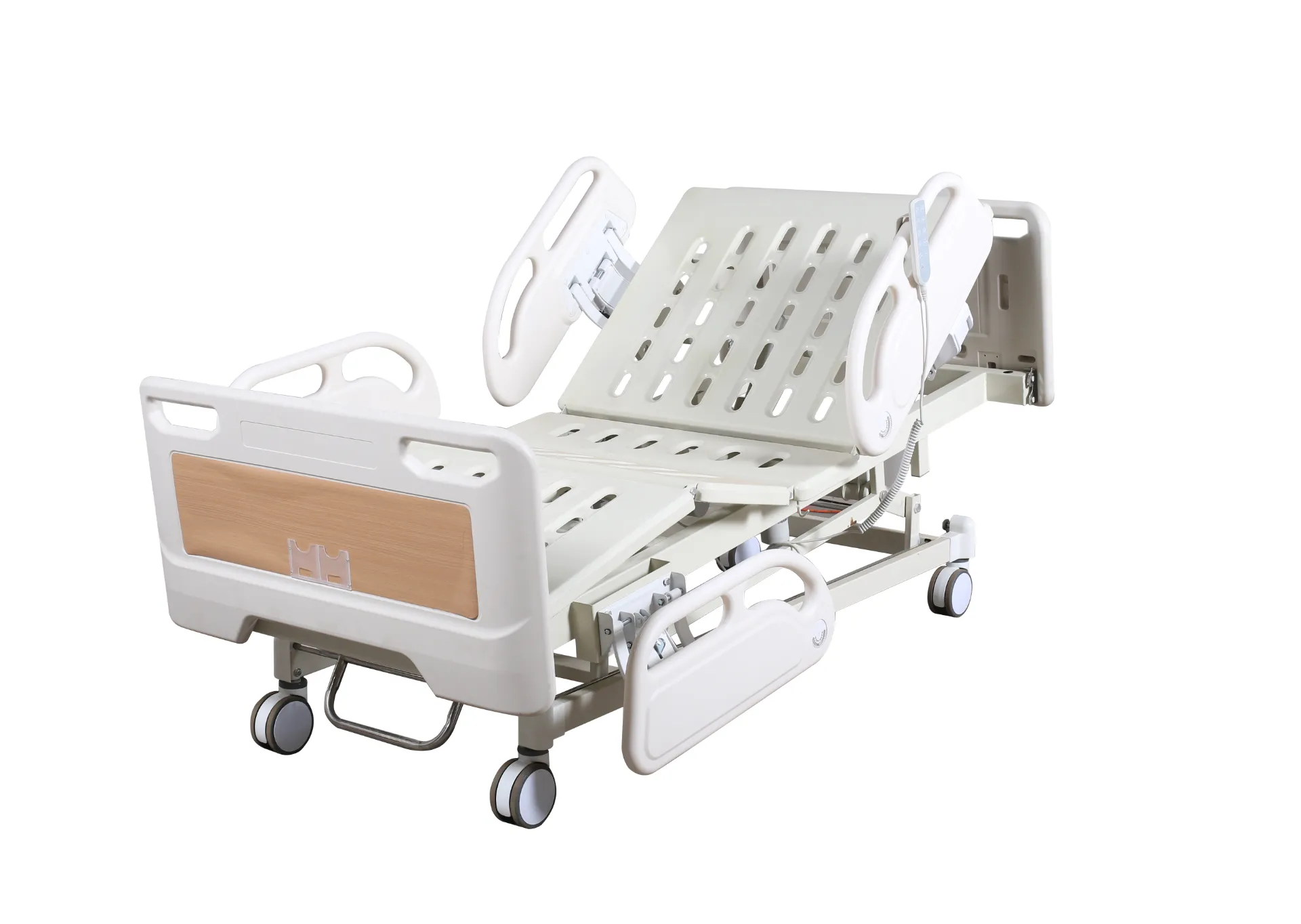Welcome to our websites!
Transferring Patients from Bed to Stretcher Safely and Efficiently
Patient Transfer From Bed to Stretcher
Transferring patients from a bed to a stretcher is a critical procedure in healthcare settings, particularly in hospitals and emergency services. This process must be carried out with precision, care, and an understanding of both the patient’s physical condition and the safety protocols involved. In this article, we will discuss the importance of proper techniques, the roles of healthcare professionals, and the equipment used during patient transfers.
Patient transfer is often necessary for various reasons, including transporting a patient to different departments for diagnostic tests, moving them from a hospital ward to an operating room, or transferring a patient during an emergency situation. Regardless of the reason, the safety of the patient is of utmost importance. A poorly executed transfer can lead to discomfort, injury, or even exacerbate existing medical conditions.
To ensure a safe and efficient transfer, healthcare professionals must follow systematic procedures. First and foremost, prior to the transfer, the medical team should assess the patient’s condition. This includes evaluating their mobility, pain level, and any potential risks involved in the transfer. This assessment helps in developing an appropriate transfer plan that takes into consideration the individual's needs.
The next step involves preparing both the patient and the environment for the transfer. The area surrounding the bed and stretcher should be clear of obstacles, ensuring a safe pathway. If possible, healthcare staff should explain the procedure to the patient, thereby reducing anxiety and promoting cooperation. Ensuring that the patient is comfortable and aware of what to expect can significantly enhance the transfer experience.
patient transfer bed to stretcher

When it comes to the actual transfer, proper body mechanics are crucial. Healthcare professionals are trained in the best methods to lift and move patients, employing techniques that reduce strain on their bodies and minimize the risk of injury. For instance, staff are encouraged to use their legs for lifting rather than their backs, maintaining a stable and balanced posture throughout the transfer.
Additionally, several types of equipment may be utilized to facilitate a safe transfer. Slide sheets, transfer boards, and mechanical lift systems are designed to assist in moving patients with varying degrees of mobility. These tools reduce friction, allowing for smoother transitions that lower the risk of skin injuries. For patients with significant mobility issues, a mechanical lift is often recommended as it provides support while minimizing physical strain on staff.
Communication plays a pivotal role during the transfer process. Healthcare professionals involved in the transfer should communicate clearly and effectively. A verbal count can be an effective way to synchronize movements, ensuring that the patient is moved safely and in unison by all personnel involved.
Moreover, ensuring that the patient feels secure and protected is essential. Straps or safety belts may be employed to keep the patient in place during transport, and staff should remain vigilant, observing the patient for any signs of distress or discomfort throughout the transfer.
In conclusion, transferring a patient from a bed to a stretcher is a significant aspect of patient care that requires careful planning, execution, and communication. By following established protocols and employing proper techniques and equipment, healthcare professionals can ensure that the transfer process is safe, efficient, and respectful of the patient’s needs. With diligent practice and attention to detail, the risk of injury can be minimized, ultimately leading to better patient outcomes and experiences in healthcare environments.
-
Transforming Healthcare with Hospital FurnitureNewsJun.24,2025
-
Rehabilitation EquipmentNewsJun.24,2025
-
Mobility and Independence with WheelchairsNewsJun.24,2025
-
Freedom of Mobility with Our Rollator WalkersNewsJun.24,2025
-
Comfort and Independence with Commode ChairsNewsJun.24,2025
-
Bathing Safety and Independence with Shower ChairsNewsJun.24,2025
-
Navigating the Wholesale Landscape of Electric Mobility Solutions: Key Considerations for Power Wheelchair DealersNewsJun.10,2025











